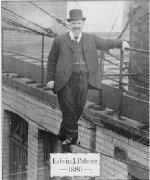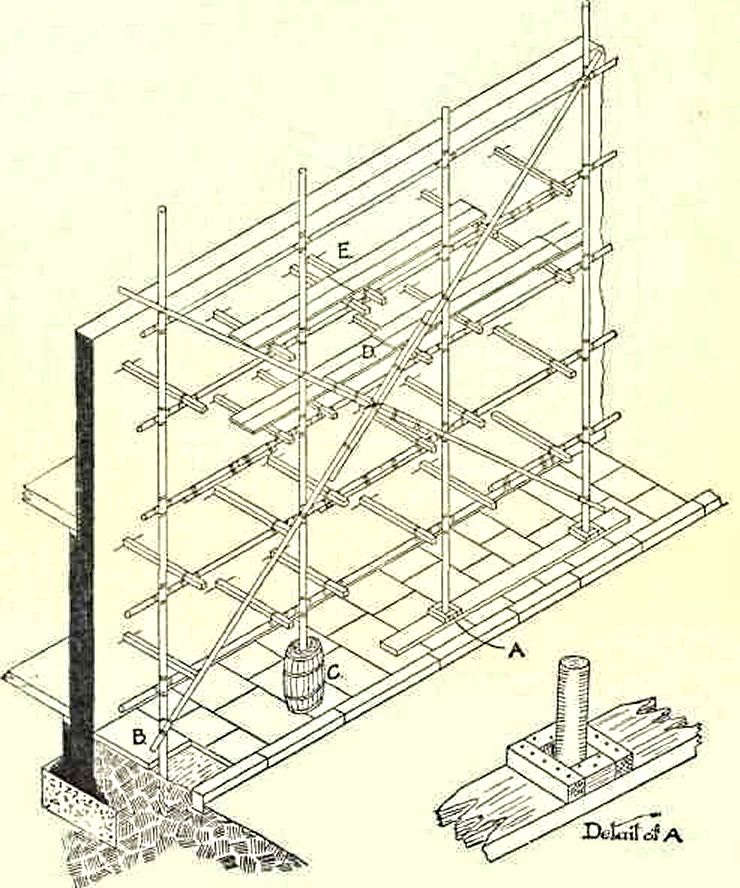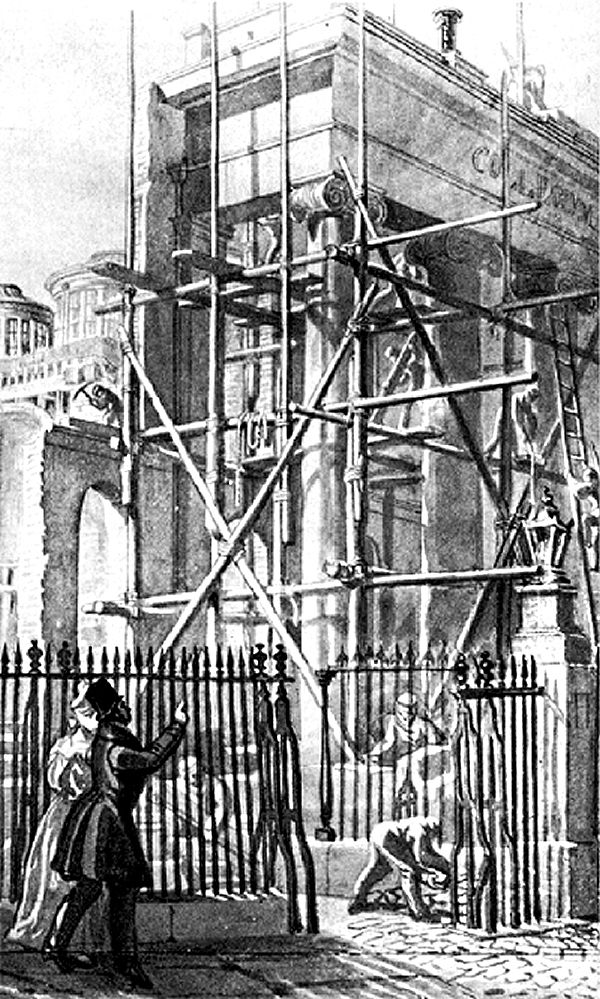Charlie
Well-known member
Thanks Lads........I'll try and be on a bit more........nice to see some of the old faces still here 

Anyone else here that the DH was invented by DH Jones of SGB?
I heard it a number of time in the sixties.
Mr. D. H Jones that you are referring to from SGB is correct as one of the founders of SGB. They developed both the Band & Plate and the DH Coupler which is short for Diagonal & Horizontal Coupler.
I tried posting links to the Patent Office showing the original applications but the forum would not accept them. 1928 ish from memory.
Were the Palmer's Cradle brackets clipped to the underside of a needle at approx 6' centres by a split and welded swivel SGB coupler? Thew were welded to flatbar that was bent down and in on each side to take two tubes that formed the two runners for the jockey wheels.
I erected miles of them in South Africa in the seventies before things went electric.
Also, anyone else ever erect a Heavy Suspended scaffold using the old ratcheting HS drums? I had used them for net suspension and the stabilising of line crossing jobs in the sixties but in SA we built the original heavy duty suspended platforms off them



